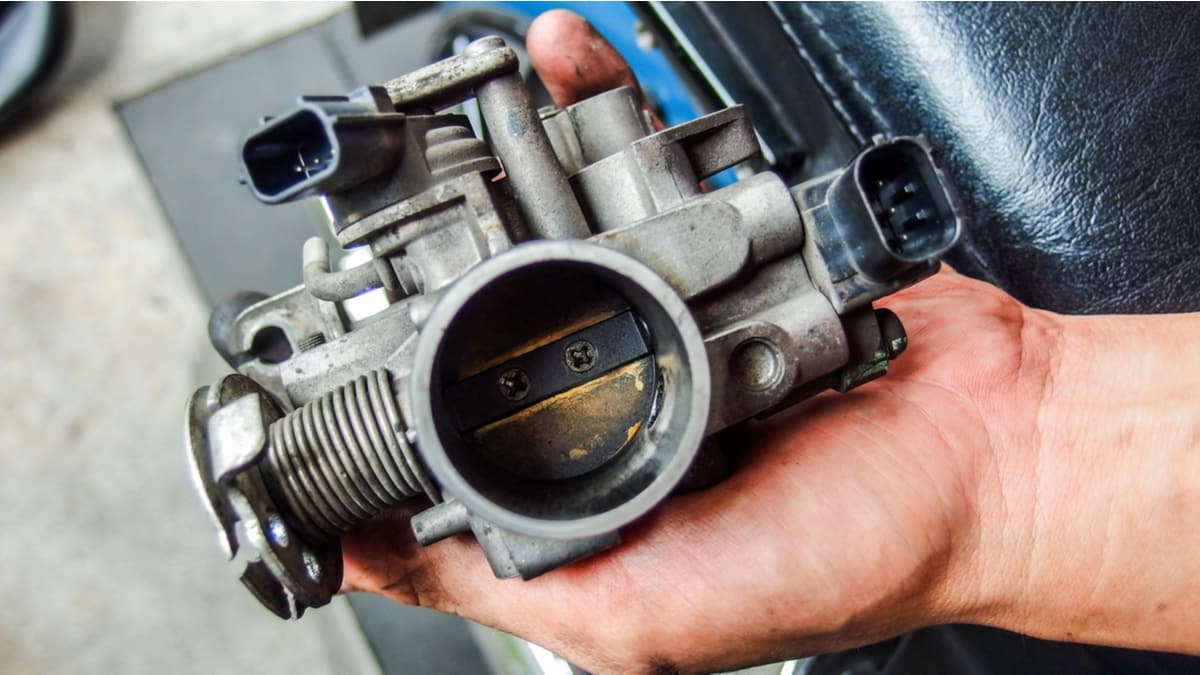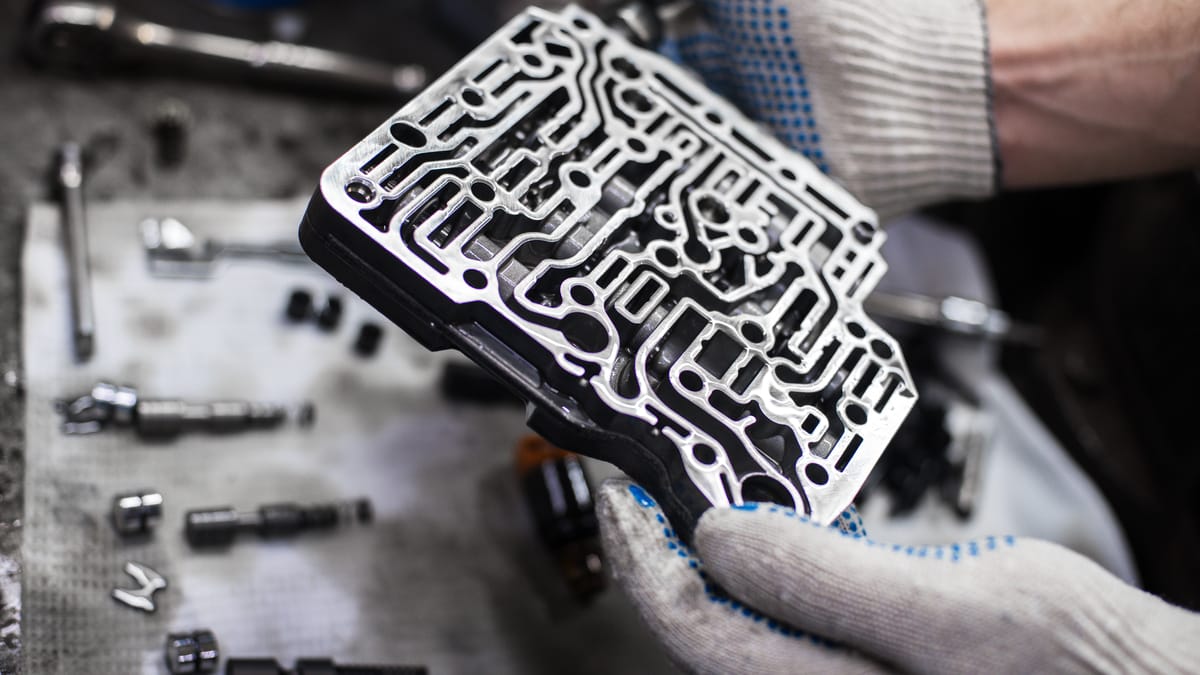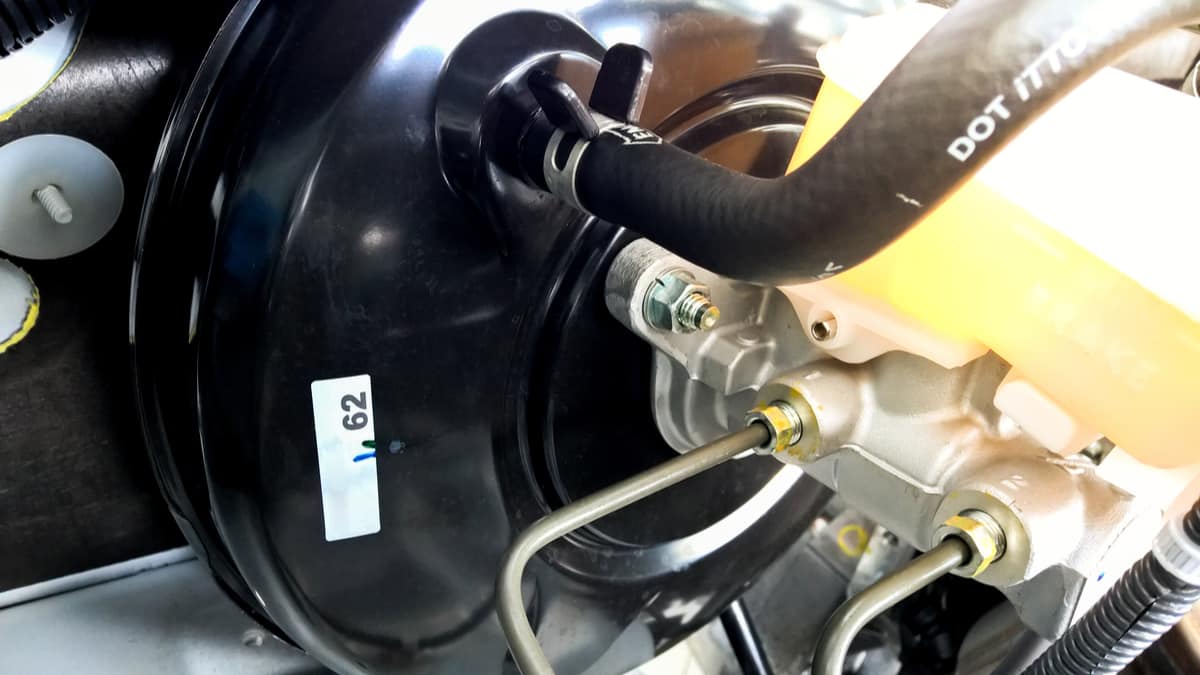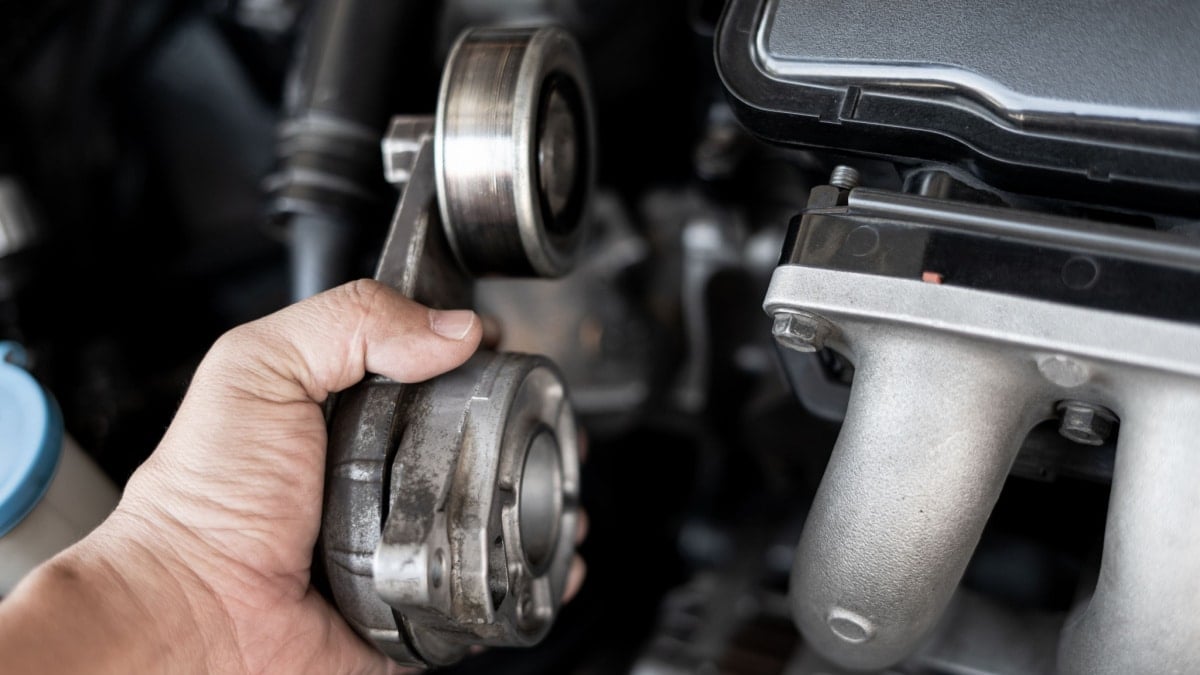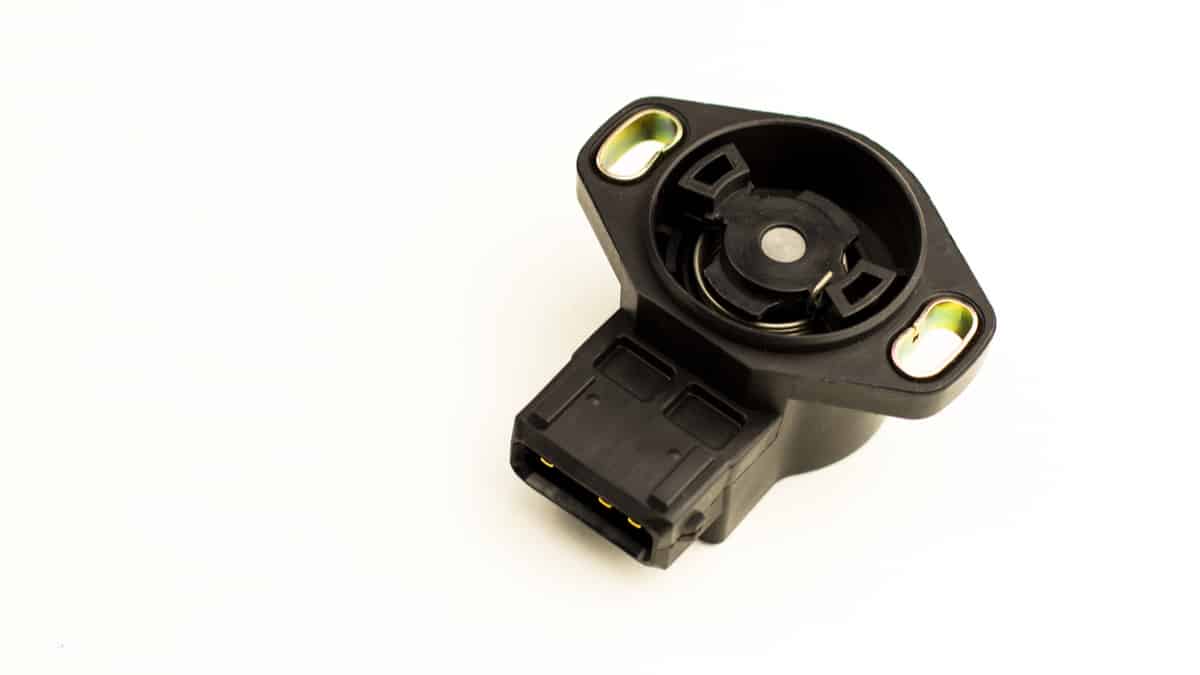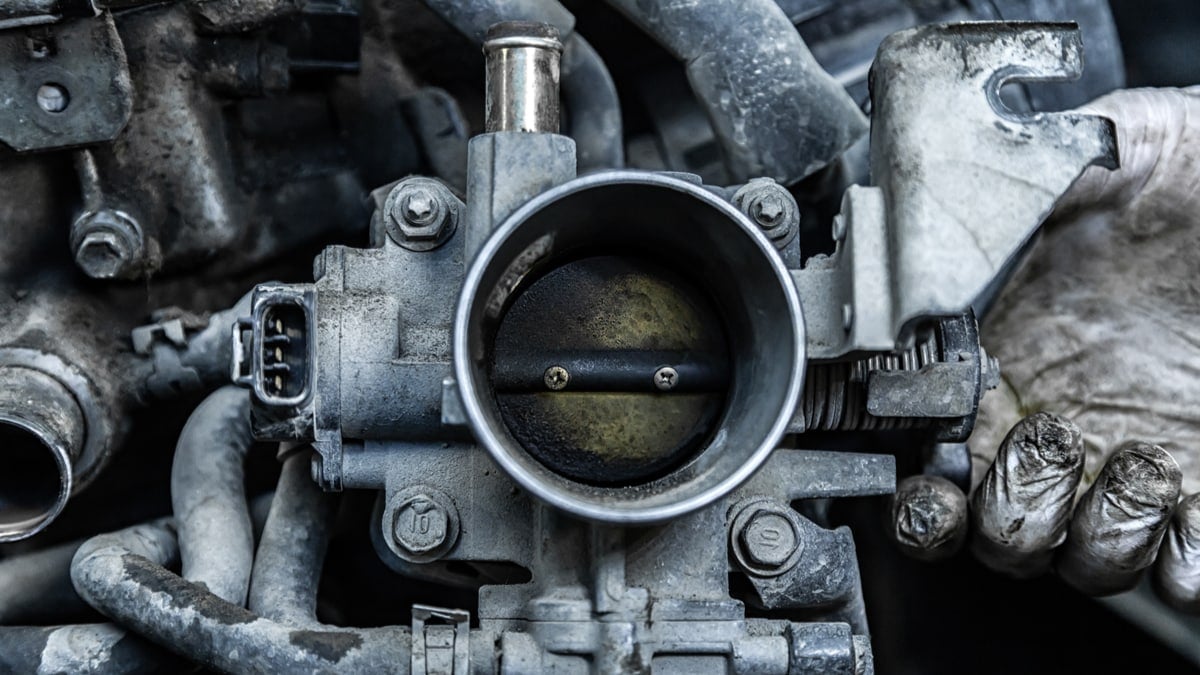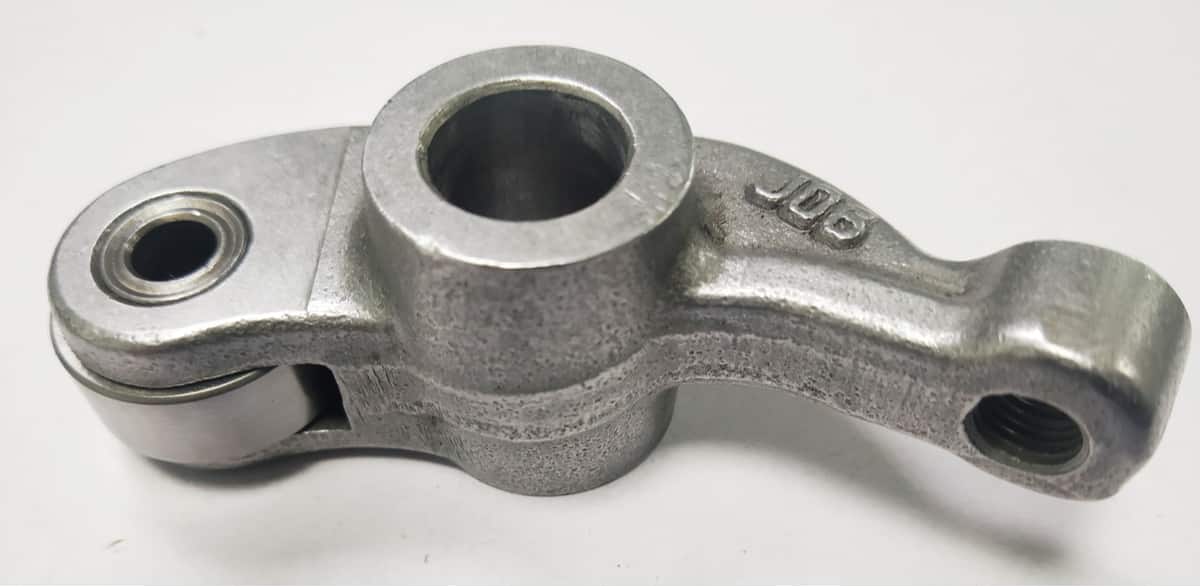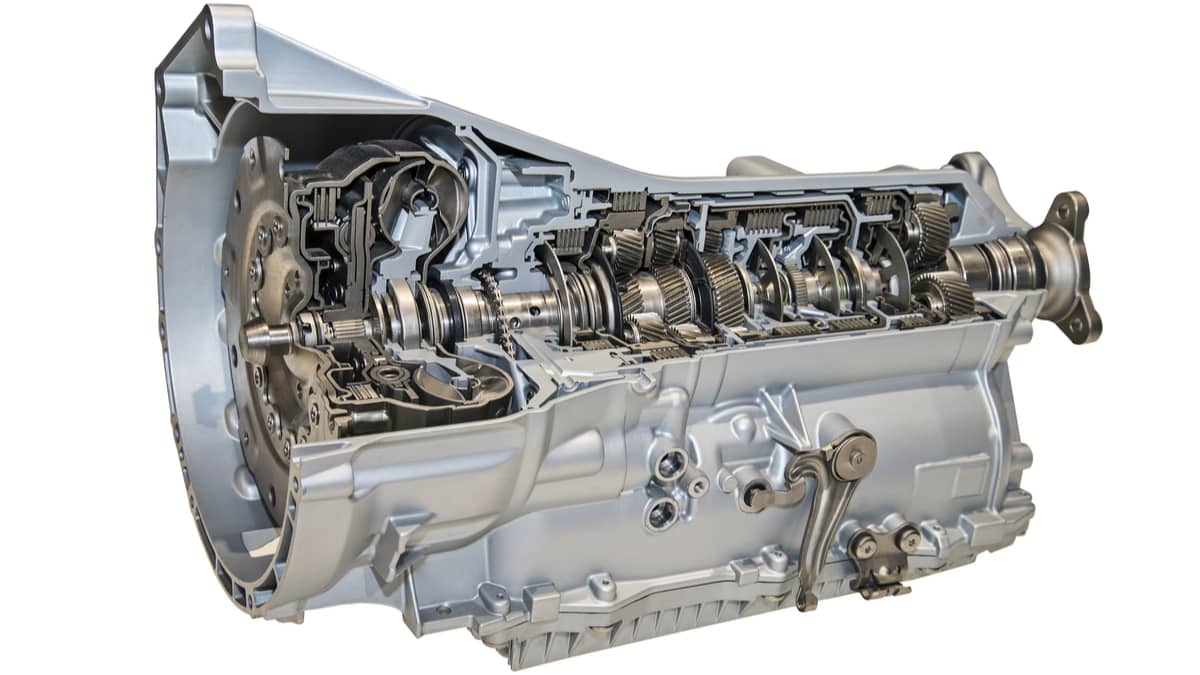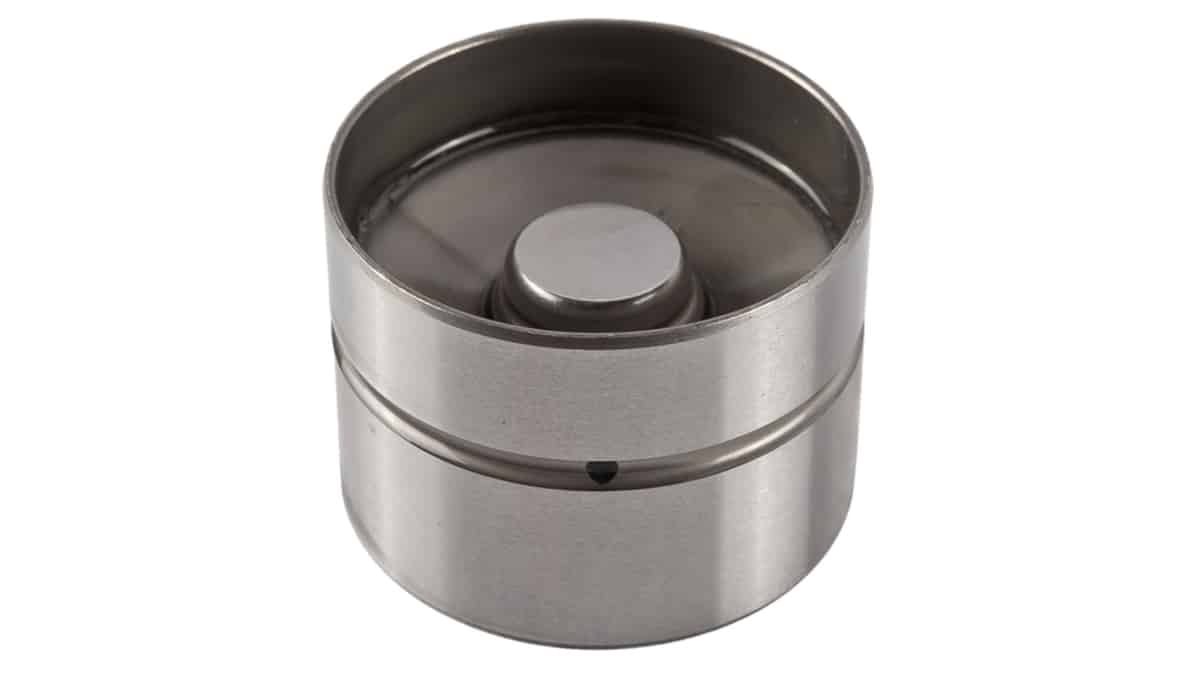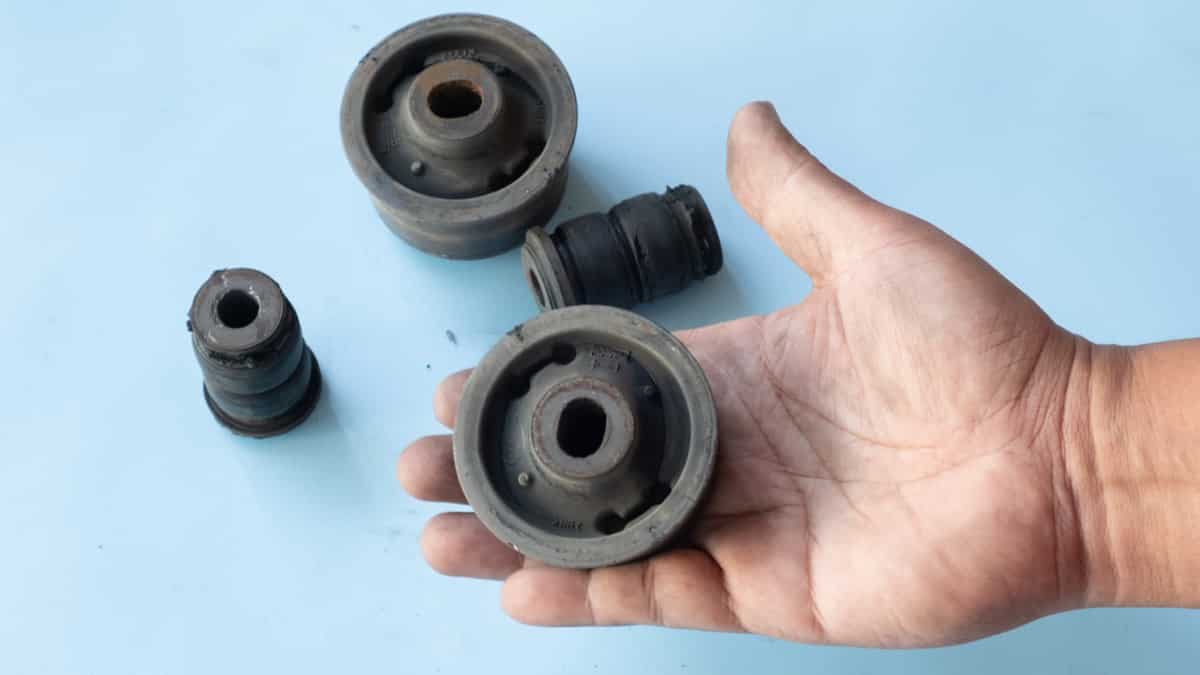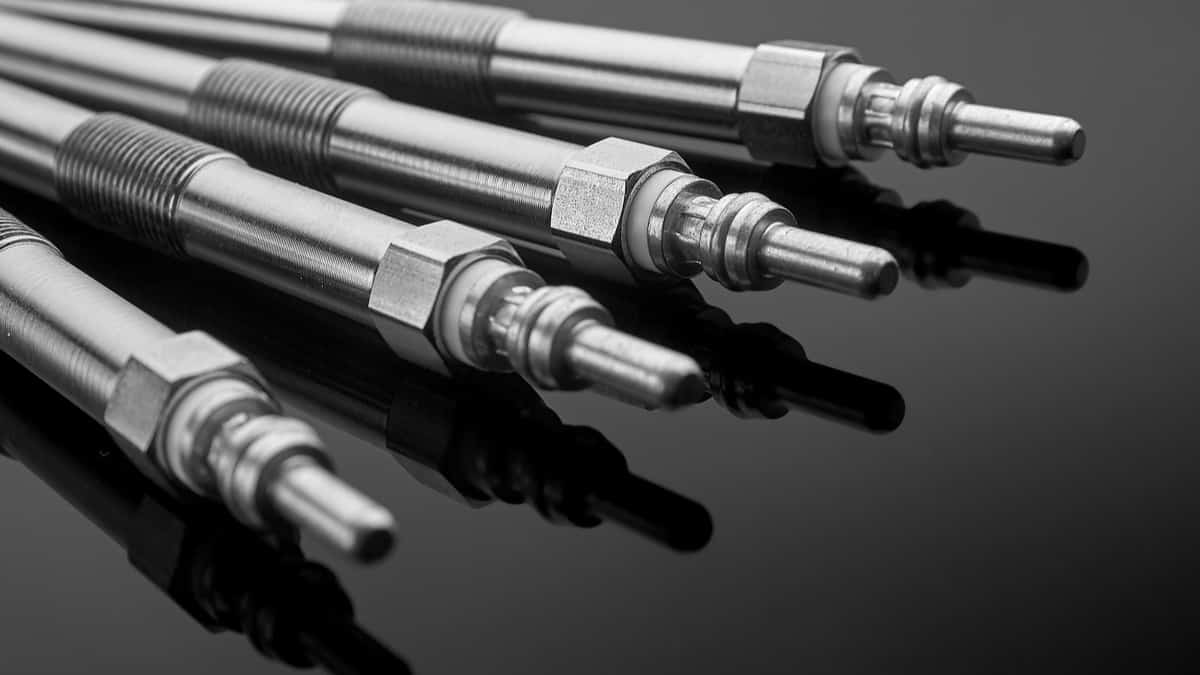The throttle body is an important mechanical component found in fuel-injected vehicles that control and regulates the amount of air flowing into the engine.
When the throttle body is in its appropriate condition, the engine receives an ideal air/fuel ratio and offers optimal performance. However, the combustion process will not occur properly when the throttle body is damaged due to an imperfect air/fuel mixture.
In this article, we will discuss the common symptoms of a bad throttle body, the location, and the replacement cost. Let’s begin with the signs to look for.
Symptoms Of A Bad Throttle Body
The most common symptoms of a bad or failing throttle body include rough idle, rough acceleration, a check engine light, engine misfires, or a stalling engine. You may also notice that your fuel consumption has changed or your car’s idle fluctuates.
If you are still interested in more in-depth knowledge about each symptom, here is a more detailed list of the signs of a bad or failing throttle body to look for:
1. Check Engine Light
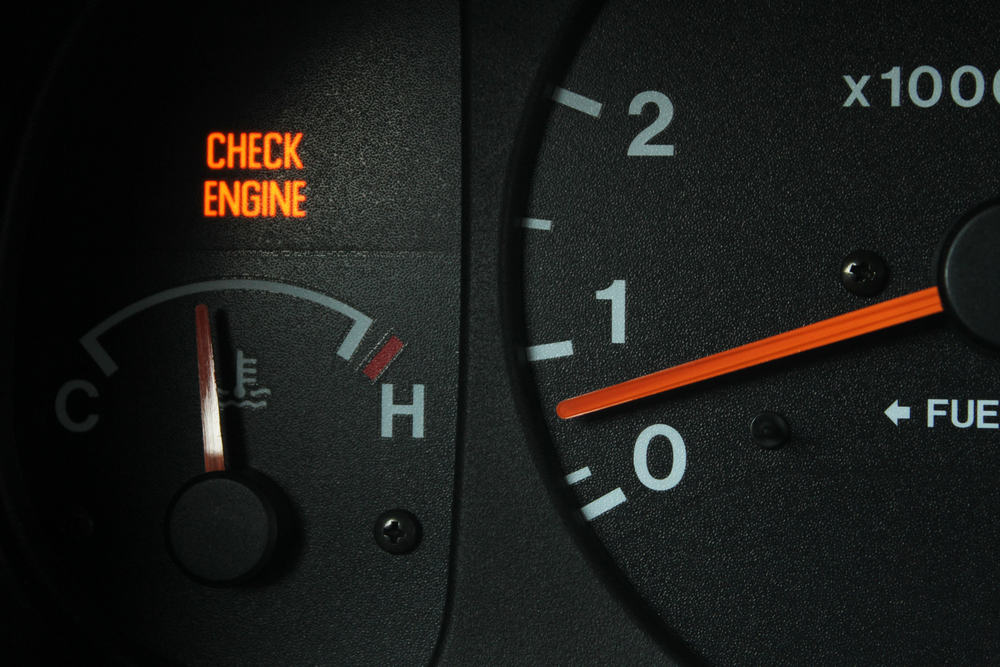
The throttle body has some angle sensors and other sensors installed inside of it. As soon as the car’s onboard computer detects a problem with the throttle body signal, it will cause the check engine light to illuminate.
The check engine light also comes on due to several other reasons, which is why we recommend visiting an auto specialist and having the car scanned for any trouble codes when it pops up on your dashboard.
2. Rough Idling

If you notice your car’s engine idle is jumping up and down and making strange sounds, it may be due to a dirty or damaged throttle body.
The car engine is most sensitive at idle, where you will notice symptoms of a dirty or bad throttle body first.
3. Rough Acceleration
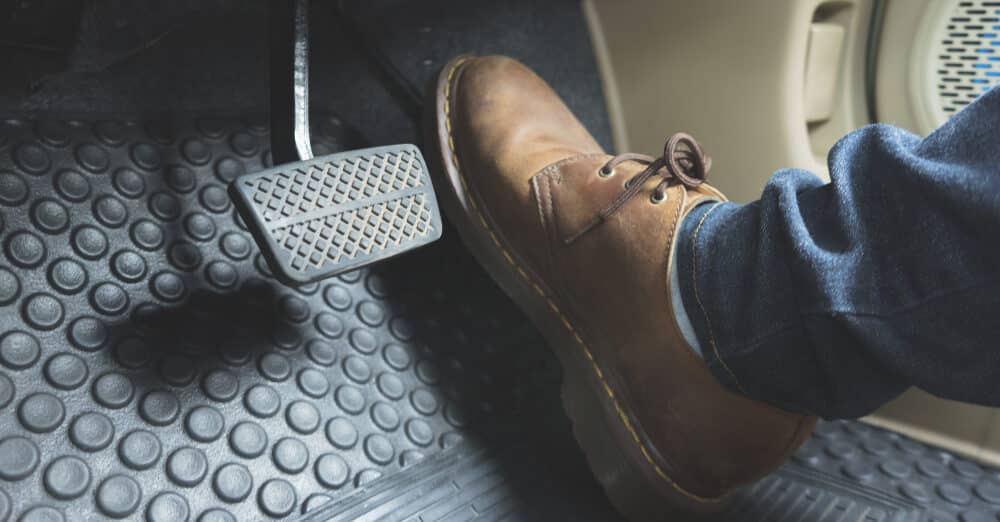
The throttle body also regulates the air/fuel mixture that enters the engine. This means that a faulty throttle body can mess the air/fuel mixture up, which will cause problems when accelerating.
If you notice that your car has a very uneven acceleration – sometimes it is fast and sometimes slow – you might have a bad throttle body.
4. Misfires
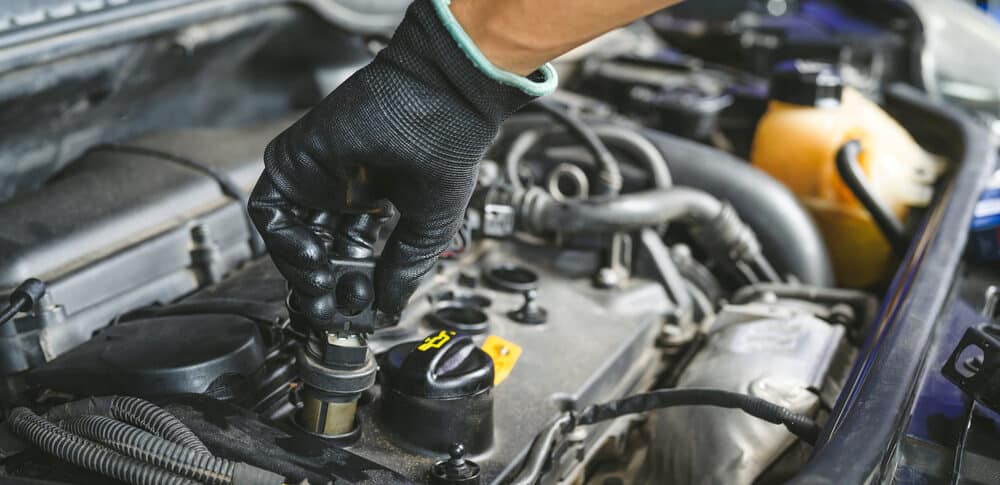
Misfires occur either when the air/fuel mixture is very wrong, or when the spark plug produces a weak spark. Misfires represent incomplete combustion inside the combustion chamber.
As we told you before, a bad throttle body can mess with the air/fuel mixture, and it can also cause your engine to misfire. Misfires are easily recognized as small bumps when you are revving the engine.
5. High RPM Idle
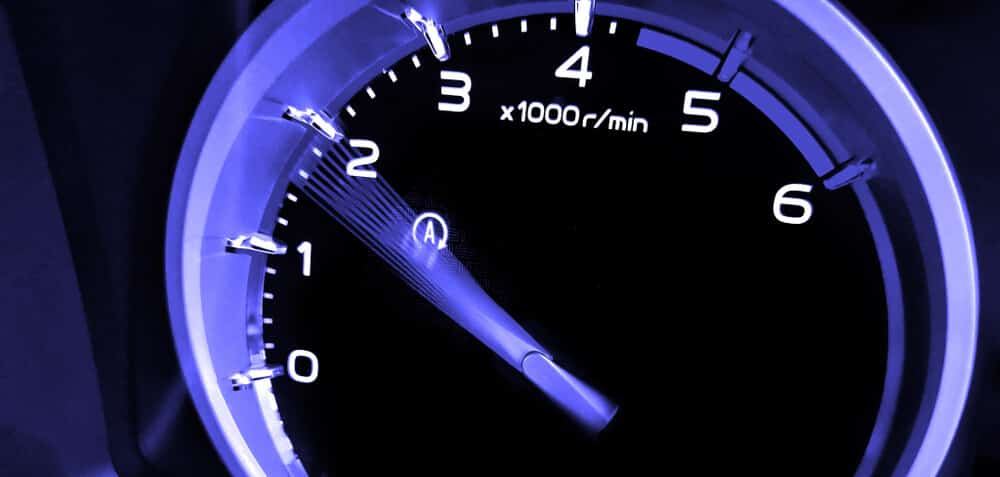
The throttle body controls the engine’s idle to make sure it is always holding a steady RPM. If there is a problem with the throttle body, it may cause the RPM to be way too high.
A throttle body that isn’t calibrated can also cause this. You can calibrate the throttle body with most diagnostic scanners.
6. Stalling Idle
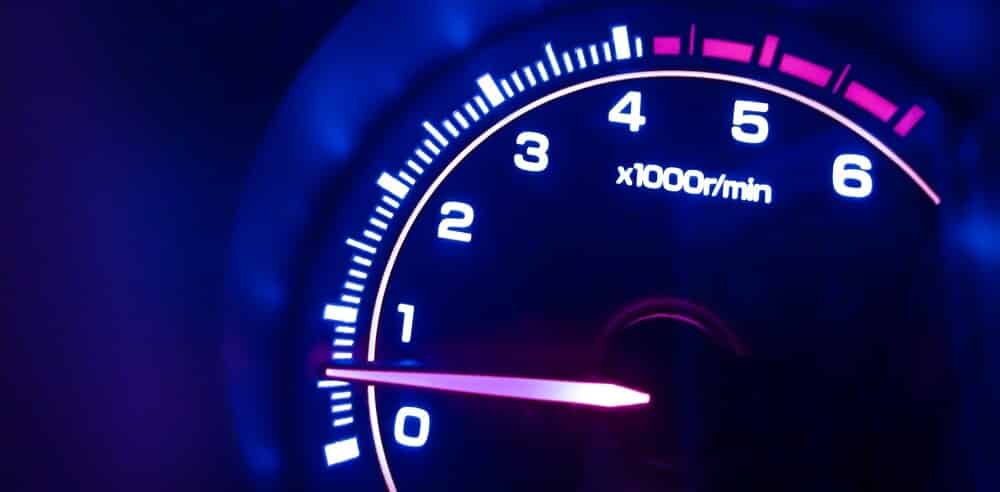
The throttle body can affect the RPM the other way also. It can cause the RPM to be so low at idle that the engine will die. This is often caused when there is a lot of soot and dirt on the throttle body flap, causing less air to enter the engine and, therefore, a low idle RPM.
Usually, a throttle body cleaning and a throttle body calibration with a diagnostic tool will solve this problem.
7. Poor Engine Performance

The engine requires both adequate air and fuel supply to perform effectively. If the engine is not receiving proper air supply due to a damaged throttle body, the engine will suffer, and as a result, the driver will experience a drop in performance.
If your car feels like it lost half of its power when accelerating, it can absolutely be caused by a bad throttle body.
8. Changed Fuel Consumption

You already know that a bad throttle body will cause a strange fuel mixture. This can also show up on fuel consumption if you notice that you have to refuel more frequently or rarely; a bad throttle body could cause it.
Refueling less frequently might sound like a good thing, but your engine doesn’t think the same in the long run!
What Is a Throttle Body?
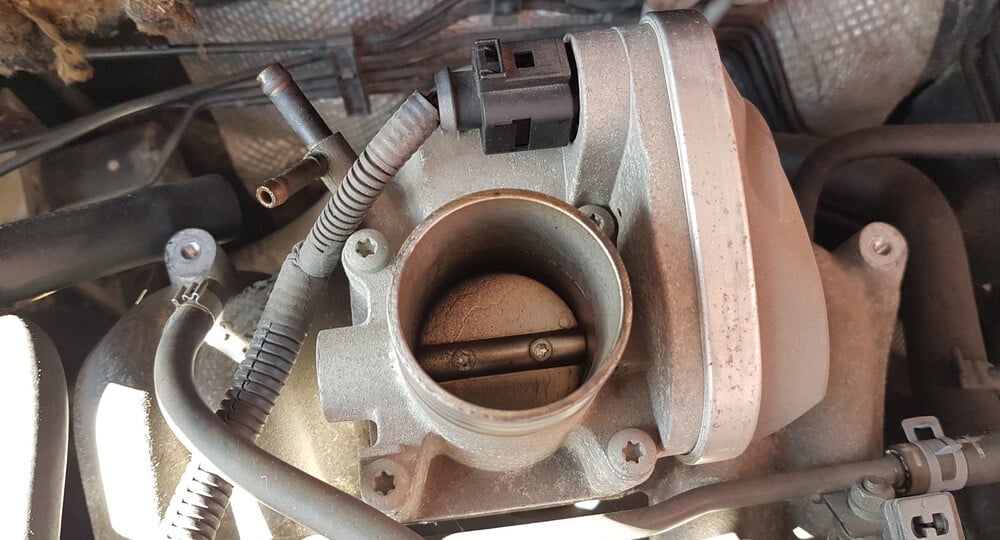
The throttle body of your vehicle is basically a butterfly valve. The throttle body’s core function is to regulate and control the amount of air allowed to enter the engine.
The input data is sensed from the driver’s pressure on the accelerator pedal of the vehicle.
Consequently, more fuel is allowed to enter the internal combustion engine to ensure greater combustion and more acceleration power when more air enters the system.
There is only one throttle body in most vehicles, with a rare exception of special, larger vehicles. The function of the throttle body is also dependent on other parts, such as the air filter.
Cleaning the Throttle Body

Even if you have an air filter on your car, dirt and soot come from the turbocharger, EGR valve, and the crankcase ventilation and get stuck on the throttle body valve. After a while, they will cover the valve so much that the RPM will be affected.
A dirty throttle body valve causes many problems with the throttle body; therefore, it is often possible to resolve any issues simply by cleaning it. To find out more about cleaning a dirty throttle body, you can check our guide here: Throttle body cleaning. Do not forget to recalibrate the throttle body with a diagnostic scanner afterward, though.
Throttle Body Location
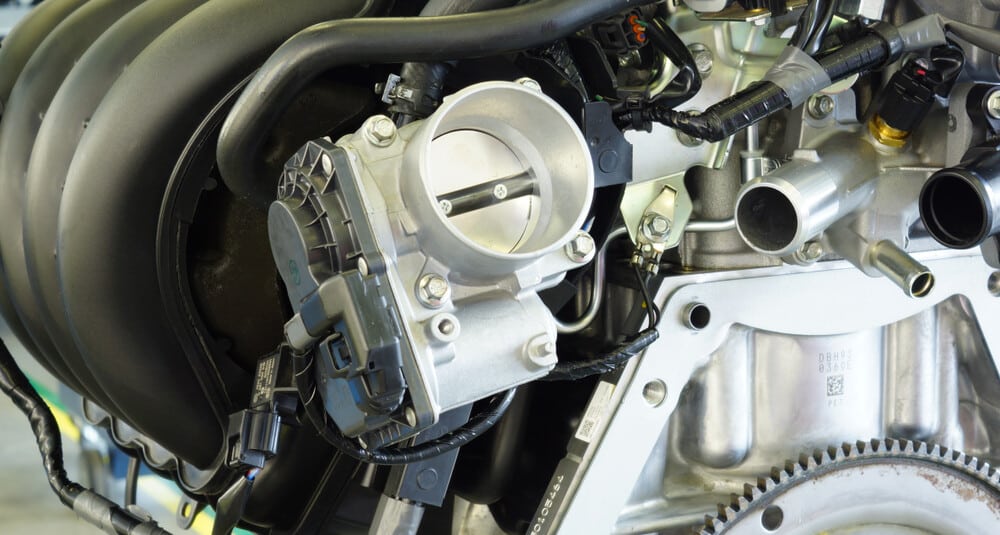
The throttle body is often located on the intake manifold at the big hose from the turbocharger or air filter.
Usually, aluminum is used for the manufacture of the throttle body. The location of the throttle body can be a little different for different vehicles.
However, according to the throttle body’s purpose, it should be located anywhere between the air filter and the intake manifold.
Throttle Body Replacement Cost
The average throttle body replacement cost is between $250 and $650, depending on the car model and labor costs. The throttle body costs between $200 and $500, while the labor cost is around $50 and $150.
The throttle body can be differently priced depending on different vehicles, models, and the manufacturing company. Basically, the main cost involved in replacing a throttle body is the cost of the parts required to be replaced.
Regular maintenance can effectively prolong the life of the throttle body’s parts, and you may not require a replacement for a long time.
The labor cost involved in the replacement can be economical or expensive, depending on which car shop services you for the replacement.
Remember that you need to make a recalibration of the throttle body valve after a replacement with a diagnostic scanner.
You also want to look for technical service bulletins regarding the throttle body for your car model. Many GM vehicles have bulletins for the throttle body.
Can I replace the throttle body myself?
Replacing the throttle body is often quite straightforward in most car models with some basic knowledge. For some car models, however, it is required to reset/calibrate the throttle body with a diagnostic scanner after the replacement, which most people don’t have at home.
Does cleaning the throttle body make a difference?
Cleaning the throttle body can make a difference, but it depends on how dirty it is. Throttle bodies can get dirty over time from oil residue, carbon buildup, and other gunk that can accumulate.
When they’re clean, they work more efficiently and can help improve fuel economy and performance. So if your throttle body is dirty, cleaning it could make a noticeable difference in your car’s driving characteristics.
Can you drive with throttle body problems?
It depends on the severity of the throttle body problems. If the throttle body is not working properly, then the car will not be able to accelerate or move. In most cases, if there is a problem with the throttle body, the car will not start at all.
How do you reset a throttle body?
There are a few different ways to reset a throttle body, depending on the make and model of your vehicle. Some may require the battery to be disconnected for a period of time in order for the system to reset, and for others, you will need a diagnostic tool to relearn the settings. Check a repair manual for your specific car model.
If you experience any of these symptoms, it’s important to take your car to a mechanic as soon as possible to have it diagnosed and repaired so you can get back on the road safely. Issues with the throttle body can result in further damage to the engine or even accidents.
If you feel you have the knowledge to diagnose the issue yourself, the best way to start is to read the fault codes from the ECM with a diagnostic tool. You can also try cleaning the throttle body.
Learn more:
- Throttle Body Service – What Is It and Is it Needed?
- How to Reset a Throttle Position Sensor (7 Methods)
- 5 Signs of a Bad Throttle Position Sensor
Categories: Engine
